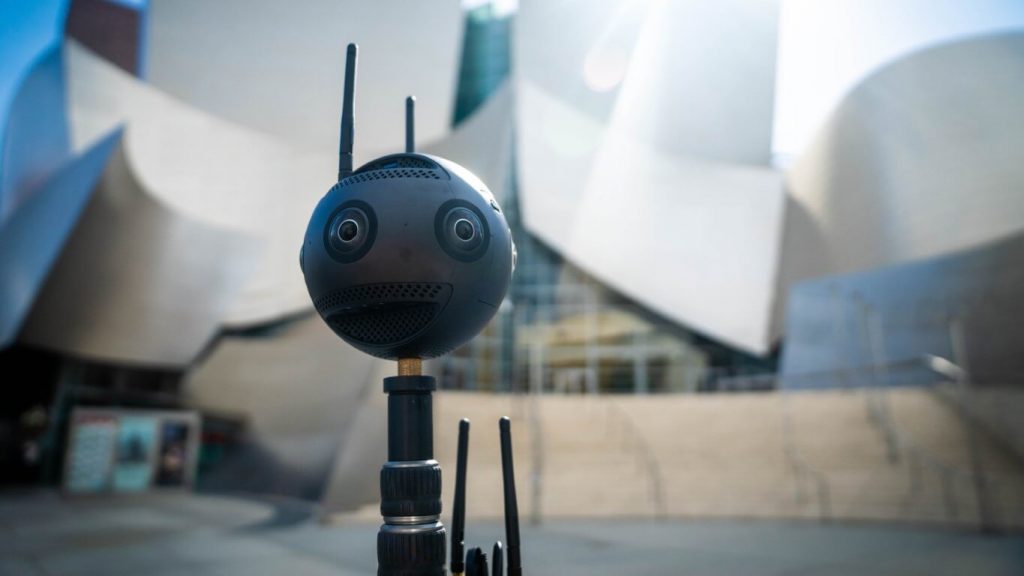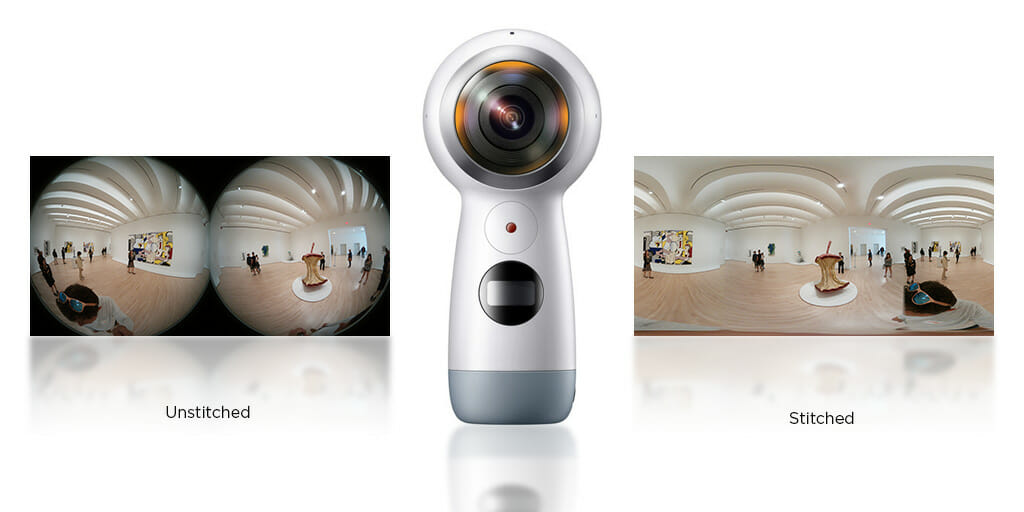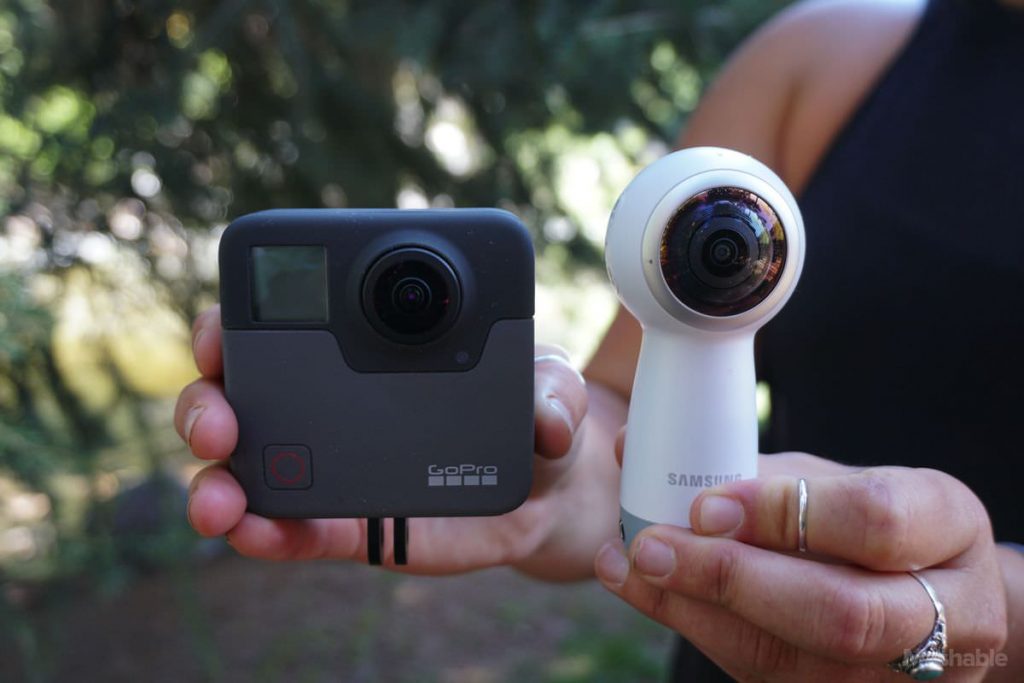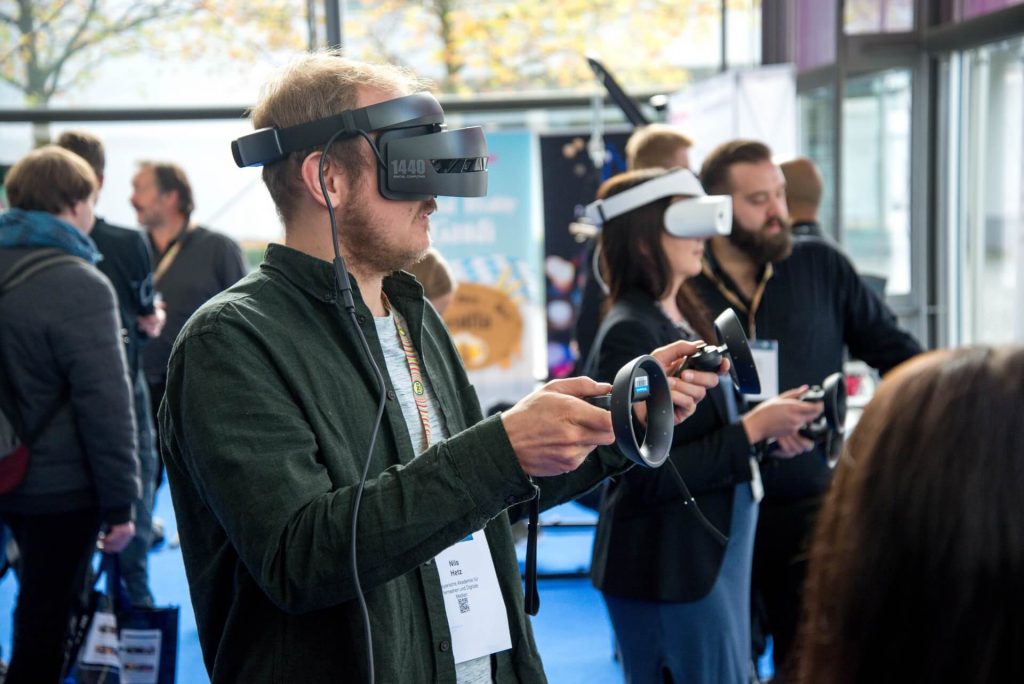Virtual reality (VR) is an exciting new medium. Along with the excitement at the creative possibilities, there is also much confusion within the industry on how best to shoot a compelling piece of VR content. Virtual reality technology, as well as the language of cinematic VR, is constantly and rapidly changing at a breakneck pace so we will endeavor to update this guide from time to time as new techniques present themselves, new technology develops, and we receive feedback.
What is cinematic Virtual Reality?
According to Wikipedia virtual reality is a computer technology that replicates an environment, real or imagined, and simulates a user’s physical presence and environment to allow for user interaction. On a computer or cell phone, this usually means sight and sound on a display device and speakers or headphones. Devices for touch or force feedback are starting to be introduced. Smell and taste are quite a ways off still. The key to any form of virtual reality is presence and immersion. It’s these qualities that separate it from any media that has come before it and can create an intense emotional connection to the material.
Viar360 is somewhere in between cinematic virtual reality and more well-known CGI virtual reality. Cinematic VR usually entails a 360° video filmed using a panoramic video camera system and played back as an equirectangular video file which allows the user to look around the scene as it unfolds. An equirectangular file is a fancy way of saying the image is an unwrapped sphere. VR footage can be either monoscopic or stereoscopic 3D. Mono footage is flat and has no depth with everything projected back to the same depth of the 360° viewing sphere. While you can still turn your head and look around the scene nothing ever truly gets closer to you, only bigger. This is similar to the difference between a “closeup” in a 2D film versus how something actually gets closer and comes out at you in a 3D film.
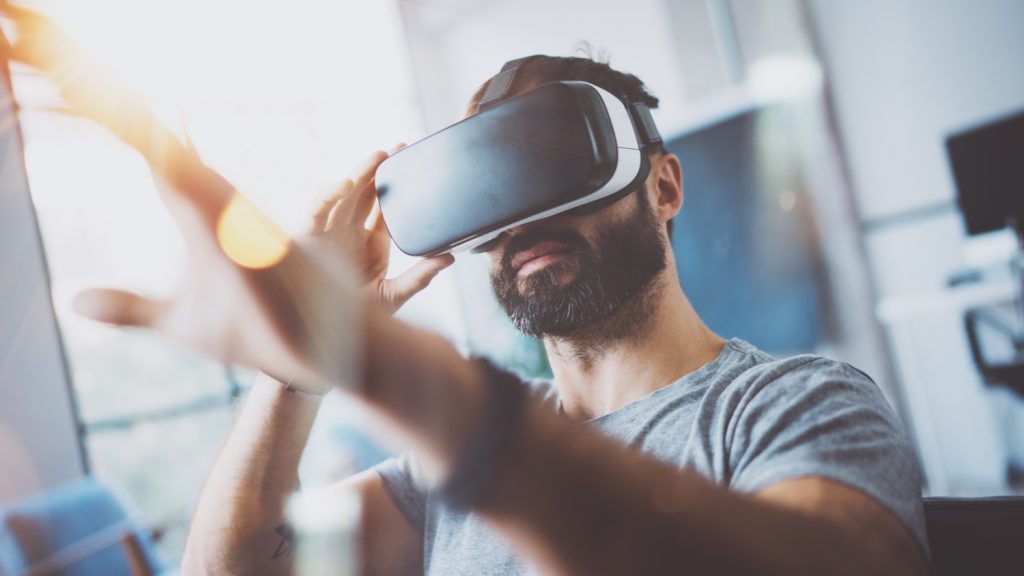
Unlike with game engines, you cannot move around the scene freely if you are using cinematic VR. Only if the camera is moved during filming do you move. Though not as interactive as full game-based environments you can still add interactivity to cinematic VR. Branching “Choose Your Own Adventure” stories, gaze detection, interactive overlays and interfaces, audio or clip triggers, gestures, and even full CG integration are all possible. All of this leads to a completely new form of media. A blank canvas with which we’ve only just begun to realize what’s possible.
Basic equipment requirements
Although there are all sorts of equipment available, you basically need only a couple of items to start creating cinematic virtual reality:
- 360 camera(s) – these are specific cameras that are able to film the entire surrounding.
- SD card(s) – 360° videos and images take up a lot of space so make sure you have enough SD cards.
- Batteries – no batter, no recording … always keep a few extra.
- Tripod(s) – it makes sense to use a tripod to mount a 360 camera … combine it with a monopod for best effect.
- Other recording gear
- Video editing software – any standard video editing software will do.
- Publishing & distribution software – this is where Viar360 comes into play.
Cinematic VR is here to stay
With the arrival of 360° videos and Cinematic VR, you are able to bring the stories much closer to your audience. With a spherical/360 camera, you will capture video of the real-world footage. Companies across the world are now embracing virtual reality as a new way to engage audiences and encourage emotional connections between viewers and the people in their stories. One of the areas where cinematic virtual reality thrives is also training and education, but we’ll talk about that more in detail in another article.


